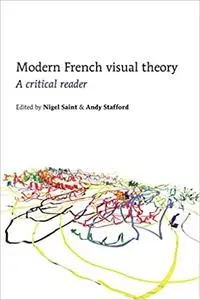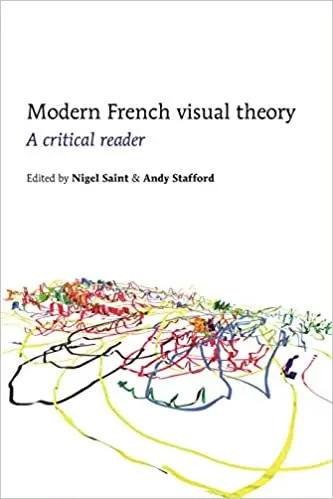Nigel Saint, "Modern French Visual Theory: A critical reader"
English | ISBN: 0719081300 | 2013 | 288 pages | PDF | 44 MB
English | ISBN: 0719081300 | 2013 | 288 pages | PDF | 44 MB
When French theory went global in the late twentieth century its visual wing was understandably built on the work of its best-known thinkers, notably Foucault, Derrida, Barthes and Deleuze. However these names merely scratch the surface of a vibrant and innovative body of theory that has been produced in France over the last six decades. As well as a substantial interview with Sorbonne professor Bernard Vouilloux, this volume focuses on a range of theorists who usually sit under the academic radar, especially when outside of France: Arasse, Buci-Glucksmann, Damisch, Debray, Didi-Huberman, Heinich, Marin, Schefer and Stiegler. Also discussed is the important work on the visual by Baudrillard, Merleau-Ponty, Metz and Nancy. All of these thinkers are given introductory and exploratory treatment here, and are allowed to talk between themselves. By looking at a wider set of theories and theorists relating to the visual, the debates are able to cross-fertilize, with the chapters divided into five major areas: phenomenology and beyond; new art histories and genealogies; semiotics and methodologies; memory and the body; and the digital era. This volume brings together international scholars working within Visual Culture and Art History, to look in detail at a range of issues in French contemporary visual theory. The chapters cover the main media of visual culture: fine art, cinema, museology, photography, as well as the key philosophical coordinates of modern times – phenomenology, structuralism and semiology, post-structuralism, psychoanalysis, sociology, aesthetics and Marxism. Throughout, the volume offers in-depth accounts of keywords, broad critical and historical contexts, and close attention to the language of visual theory.



